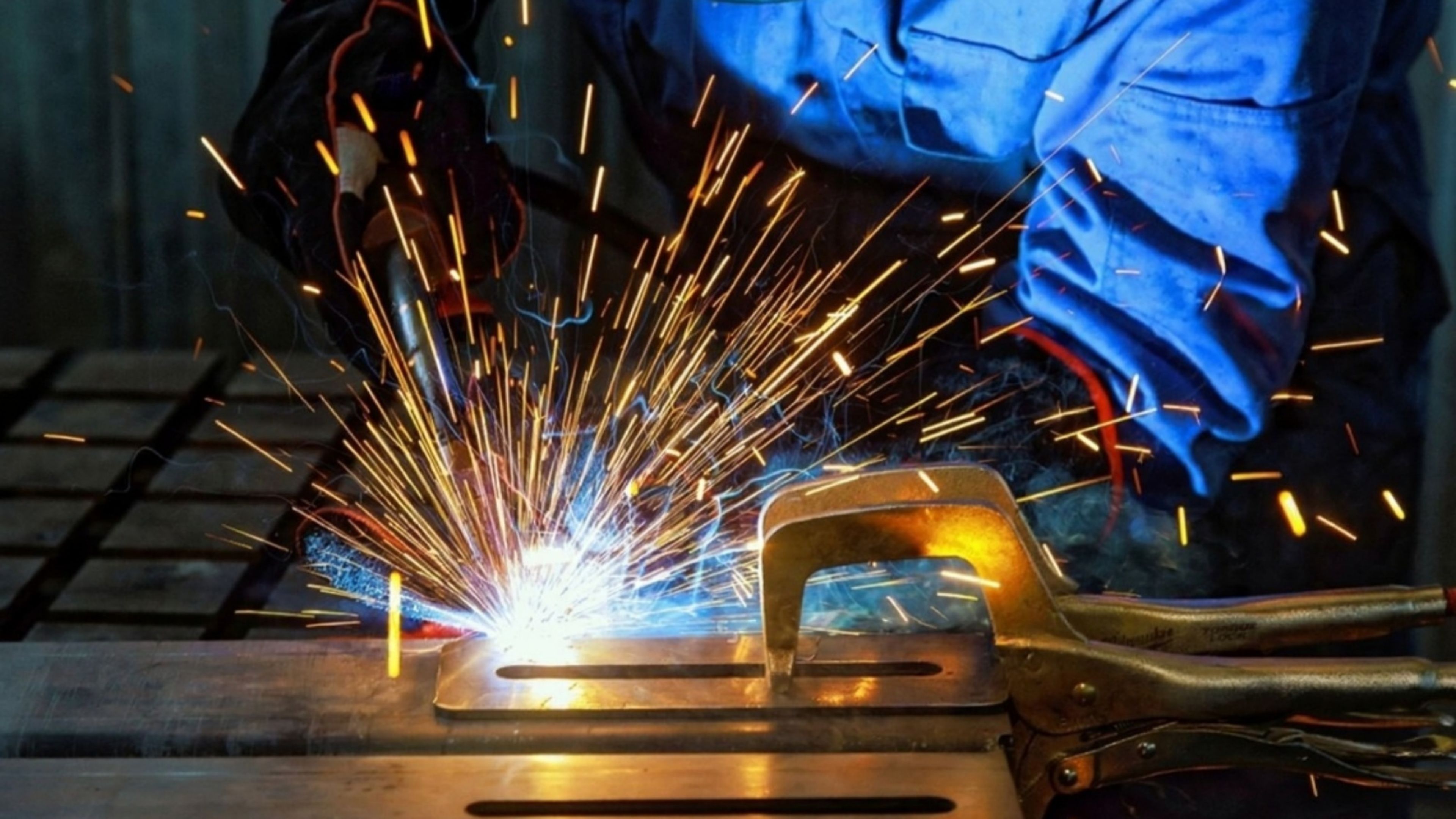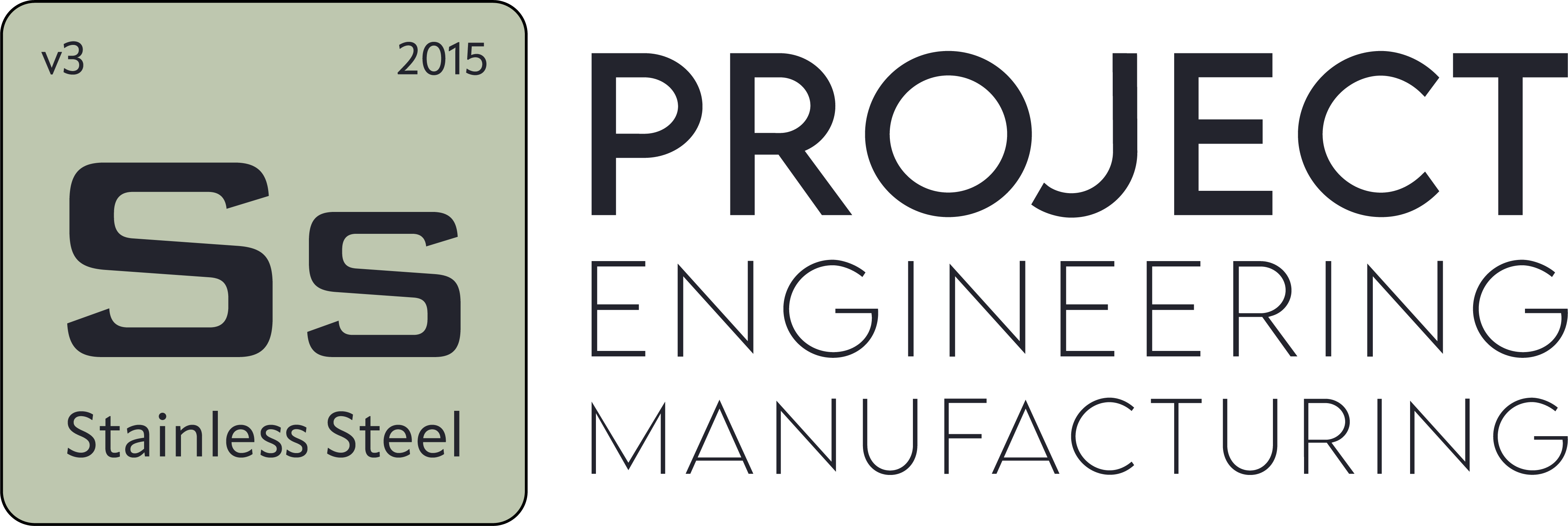What are the differences between gas welding and electric welding?
- Blog
- What are the differences between gas welding and electric welding?
What are the differences between gas welding and electric welding?
Table of Contents
- What Are the Main Differences Between MIG Welding and Arc Welding?
- When Should MIG Welding Be Used, and When Should Arc Welding Be Preferred?
- Which Is More Durable: MIG Welding or Arc Welding?
- How Do the Differences Between MIG and Arc Welding Affect Workplace Safety?
- What Is the Cost Difference Between MIG Welding and Arc Welding?
- Understanding MIG and Arc Welding: A Beginner's Guide
What Are the Main Differences Between MIG Welding and Arc Welding?
MIG welding and arc welding are among the most commonly used welding methods in the industry. However, each method has different advantages, disadvantages, and applications. SS Proje ensures quality and durability by selecting the right welding method for its projects.
MIG welding is performed under a protective gas atmosphere. This protects the weld area from external factors, resulting in a cleaner, smoother seam. It is especially preferred in serial production, automotive applications, and precision work on thin materials. Its high melting speed also increases work efficiency. SS Proje makes a difference in projects that require precise and aesthetic welds using this method.
Arc welding uses an electrode to create the weld. The rod electrode acts as both the filler material and conductor for the arc. Because it can be applied with simpler equipment, it is advantageous for field repairs and maintenance. It also provides strong solutions for welding thick materials. SS Proje emphasizes the strength provided by arc welding in heavy industrial projects.
MIG welding delivers faster, cleaner, and more aesthetic results, while arc welding stands out for portability and durability with thick materials. Therefore, the choice depends entirely on the project's requirements. SS Proje uses its experience to determine the most suitable solutions in this selection process.
When Should MIG Welding Be Used, and When Should Arc Welding Be Preferred?
MIG welding and arc welding are the most frequently used welding methods in the industry. However, the choice depends on the type of work, material thickness, and desired outcome. SS Proje guarantees both durability and efficiency by choosing the correct method.
MIG welding is generally preferred for serial production and thin materials. The protective gas isolates the weld area from external factors, producing a smooth seam. Its high melting speed also saves time. In automotive, thin sheet, and stainless steel projects, SS Proje achieves clean and aesthetic results using this method.
Arc welding is more suitable for thick materials and field maintenance or repair work. This rod-electrode method is portable and provides strong penetration, making it ideal for heavy industry. SS Proje safely executes projects in challenging field conditions by leveraging the advantages of arc welding.
MIG welding excels in precision and speed, while arc welding is preferred for practicality and strength with thick materials. Therefore, project requirements determine the choice of welding method. SS Proje’s experience plays a key role in selecting the correct technique.
Which Is More Durable: MIG Welding or Arc Welding?
One frequently discussed topic in the industry is the durability difference between MIG welding and arc welding. Both methods offer advantages, but material type, environmental conditions, and project expectations directly affect durability. SS Proje applies both methods professionally to produce the most suitable solutions.
MIG welding protects the weld area from oxidation and external factors thanks to the shielding gas, resulting in a clean and smooth seam. It is particularly preferred for thin sheets and serial production, minimizing the risk of cracks or porosity. SS Proje effectively leverages this advantage for precise projects.
On the other hand, arc welding provides deep penetration in thick and heavy materials, increasing durability. This method, using electrodes, can create strong, long-lasting connections even under field conditions. It is preferred in construction and heavy industry for its strength. SS Proje highlights this durability in large-scale projects.
Overall, MIG welding is superior in aesthetics and precision, while arc welding excels in strength for thick materials. Choosing the right method is critical for project success. SS Proje’s experienced team provides the best guidance to ensure reliable welding solutions in all conditions.

How Do the Differences Between MIG and Arc Welding Affect Workplace Safety?
The differences between MIG welding and arc welding are not only important for performance and aesthetics but also have significant safety implications. Factors like smoke, light, sparks, and heat during welding directly impact worker safety. SS Proje applies both methods while adhering strictly to safety standards.
MIG welding provides a controlled environment due to protective gases. However, inadequate ventilation can pose serious health risks in enclosed spaces. Therefore, SS Proje uses professional equipment and proper ventilation solutions to maintain the highest safety standards during MIG welding.
Arc welding can be more hazardous due to high heat and intense sparks, increasing the risk of burns and eye injuries. Additionally, smoke from electrodes can negatively affect the respiratory system over time. Proper personal protective equipment is essential. SS Proje ensures all necessary safety precautions are followed during arc welding.
Another safety consideration is workplace ergonomics. MIG welding is usually faster and easier to apply, while arc welding may require heavier and longer work sessions. This can increase worker fatigue and the risk of accidents. SS Proje considers these differences to select the safest welding method and protect workforce health.
What Is the Cost Difference Between MIG Welding and Arc Welding?
The cost difference between MIG welding and arc welding is a critical factor in project budget planning. Material, labor time, and equipment requirements form the basis of this difference. SS Proje analyzes both methods to provide clients with the most cost-effective solution.
MIG welding is generally faster, reducing labor costs. However, the need for shielding gas and specialized equipment makes the initial cost higher. In high-volume or serial production projects, it provides a long-term cost advantage. SS Proje optimally leverages this benefit in MIG welding projects.
Arc welding can be applied with simpler equipment and usually has lower initial investment. However, longer process time can increase labor costs. For small-scale or low-budget projects, it may be more economical. SS Proje develops solutions to improve labor efficiency in arc welding processes.
Another important factor is consumables. MIG welding requires continuous wire feed and gas consumption, while arc welding relies on electrode consumption. This can affect long-term cost calculations. SS Proje considers these variables to recommend the most suitable method both technically and economically.
Understanding MIG and Arc Welding: A Beginner's Guide
For beginners in welding, there are two primary methods: MIG welding and arc welding. Both are effective for joining metals but differ in application, equipment, and risk profile. SS Proje prioritizes quality and efficiency by selecting the right method for each project.
MIG welding works with continuous wire feed under a protective atmosphere (usually argon/mix), reducing oxidation and producing a clean seam. It is efficient for serial production and thin sheet work; it is fast and provides good surface aesthetics. However, it requires shielding gas, gas feeding equipment, and proper ventilation.
Arc welding (rod electrode) is practical in field conditions, thick materials, and repair work. The equipment is simpler and highly portable but produces more sparks and splatter. Electrode consumption and operator skill directly affect quality and cost. SS Proje effectively utilizes the durability of this method in field projects.
Penetration is critical for durability: a method that ensures good penetration in thick materials provides a safer joint. Workplace safety should not be overlooked; MIG work carries the risk of gas accumulation in enclosed spaces, while arc welding increases risks from sparks and light. SS Proje applies personal protective equipment and proper procedures for both methods.
When calculating costs, initial investment, consumables, and labor time should be considered. MIG welding requires higher initial investment but reduces labor costs in high-volume work; arc welding has lower initial investment but longer labor time. Beginners are advised to seek guidance from experts for safety, proper equipment usage, and material selection. SS Proje’s experience helps them make accurate choices quickly.


